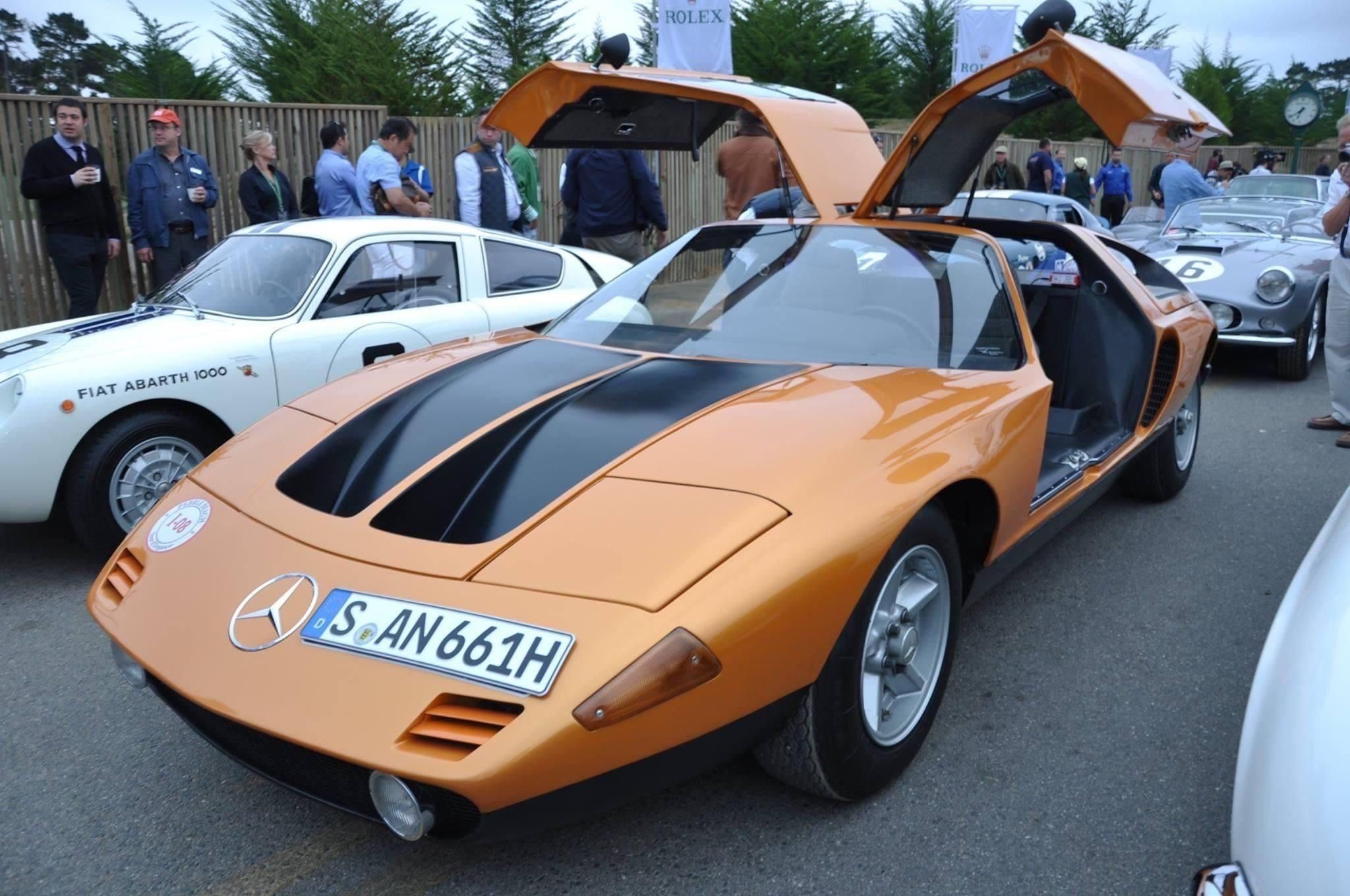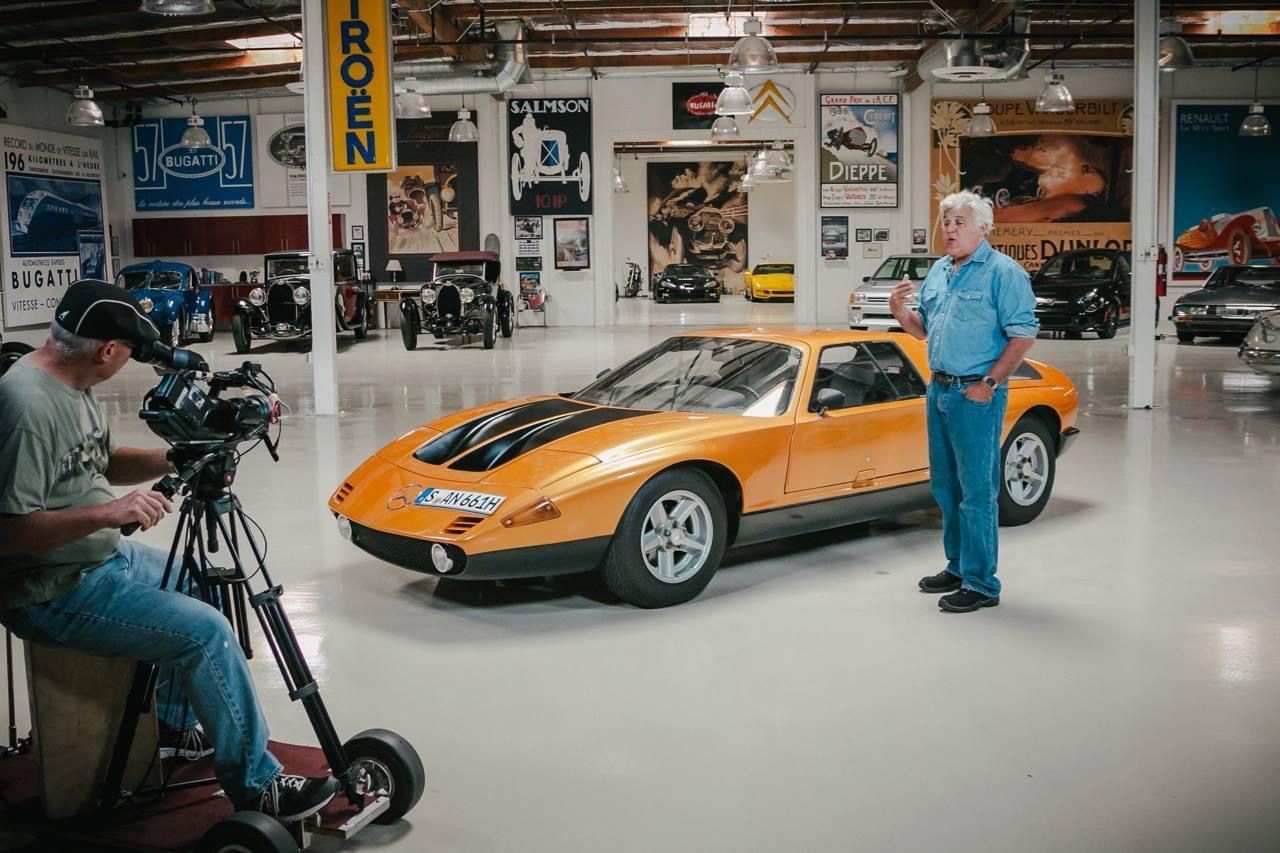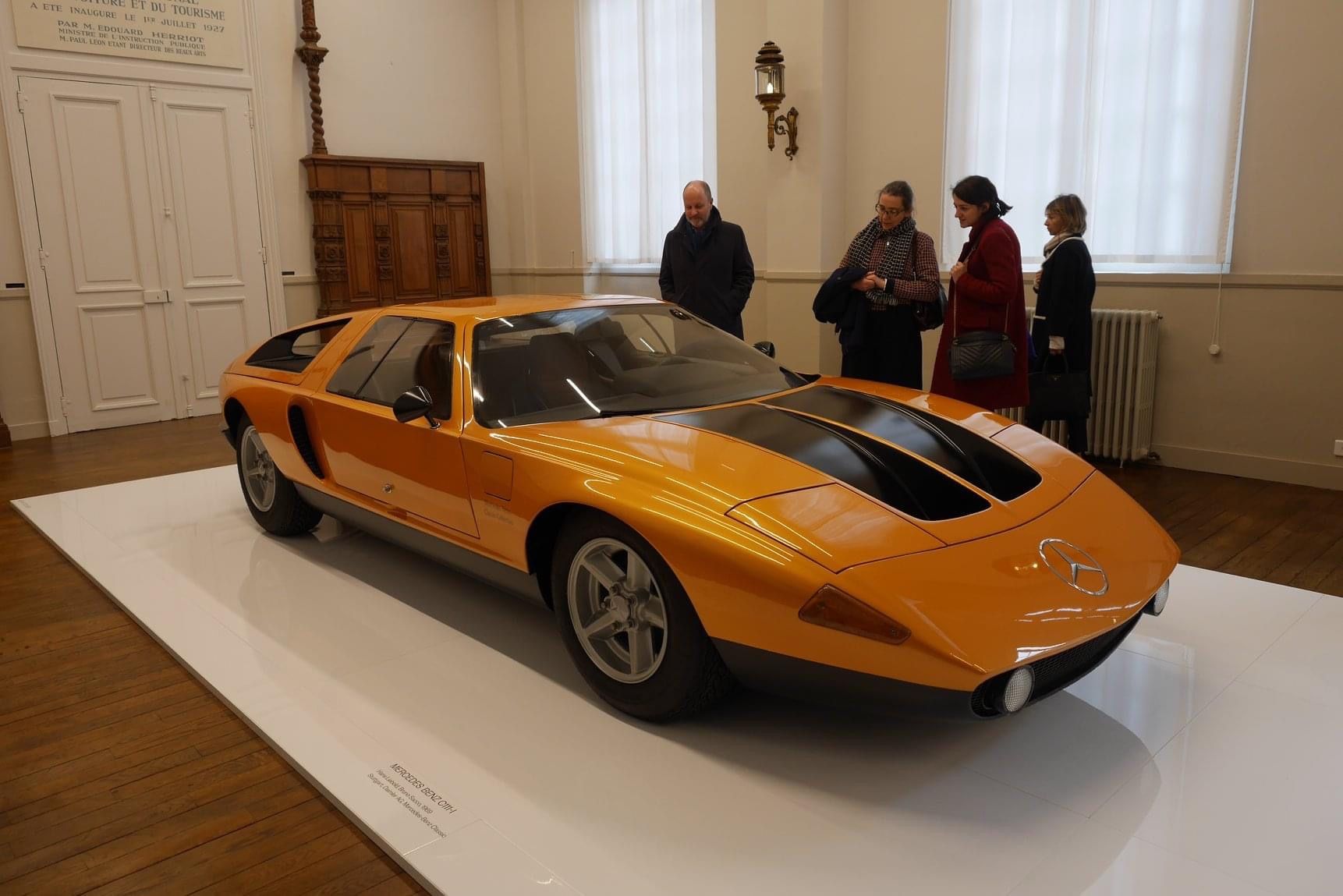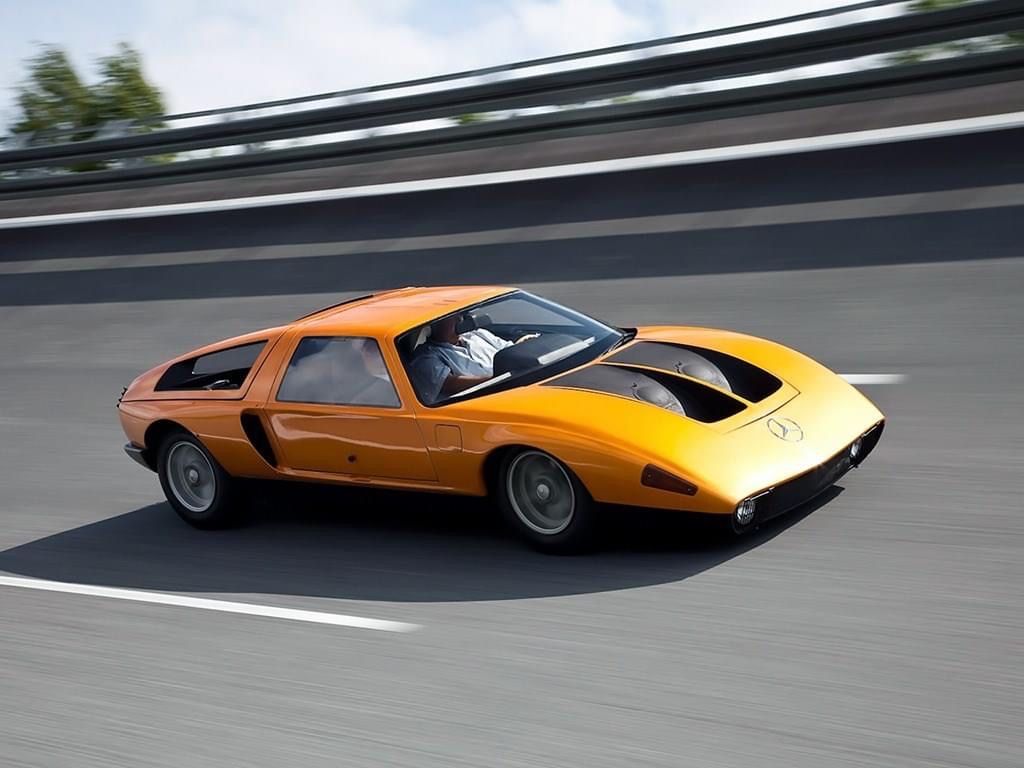When it comes to cars, one of the most exciting areas of discussion is concept cars. Car enthusiasts and the general public at large are fascinated with these rides that never made it onto showroom floors, and for good reason. They represent not only what could have been, but they often featured technology that was either too far ahead of its time, or that simply didn’t work for some reason.
One of the most interesting and perhaps well-known concept cars comes from one of our leading makers of luxury cars - Mercedes-Benz. The C111-1 began production in 1967 with the 1969 model year being the first to be completed. This was a supercar and people were excited about it. In fact, the company proudly displayed the C111-1 at the 1969 Frankfurt International Motor Show (IAA).
Little did the excited attendees know, the car would never make it to market. Despite this, the company made more models with the second, aptly called the C-111-11, making its debut at the Geneva Motor Show the following year.
Although no one was ever able to purchase one of these cars, there is still a great deal of enthusiasm surrounding this concept ride. So much so that there have been rumors of Mercedes eventually producing it again. Due to the lore surrounding the C-111-1, here’s a closer look at the supercar no one could buy.
What Were The Specs
The original Mercedes- Benz C-111 was powered by an M 950 F Three-Rotor Wankel, which was probably the biggest reason this car never saw the light of day, but we’ll get to that later. It produced a max horsepower of 208.8 kw/280 bhp @7,000 rpm. Its specific output was 155.56.56 bph per liter, according to supercars.net. For torque, this concept car had a max 984.21 nm/ 217 ft-lbs at 1,500 rpm. The transmission used was a 5-speed ZF 5 DS-25/1 transaxle.
As you can imagine, the Mercedes- Benz C-111 was fast. This car could do the 0 to 60 mile per hour test in only 4.7 seconds. Which makes it even more of a shame that no one besides testers ever got the chance to experience it.
One thing that made this car different is that Mercedes didn’t produce it with sheet metal. Instead, the body and frame are made from a fiberglass reinforced plastic body over a sheet steel chassis. According to The Drive, this was the first time Mercedes had done this level of experimentation for a vehicle’s frame.
Although this design improved aerodynamics, the company abandoned this new direction after the plastics used could not pass safety requirements.
Another new idea the company had for the Benz C-111-1 was a multi-link independent rear suspension. Unlike the plastics used for the body of the car, this idea suck and went on to be used in many of the company’s vehicles that followed.
What Went Wrong
Of course, some concept cars are created to serve as vehicles to advance technology. This means that they are used to experiment with things the market may not be ready for. However, most people believe that Mercedes- Benz wanted to release the car, they simply couldn’t make it work. Which was the truth for many companies that tried to use the Wankel Rotary engine. To be clear, Mercedes began experimenting with it back in 1962, so they had some experience by the time the C-111 came along.
The main problem was the car was a complete gas guzzler. Besides this, the plastic also ensured that a car with this design could not have a long life so it was back to the drawing board.
As mentioned before, the company later released another model of the C-111. This one made some improvements, but the engine still posed problems. By this time, the EPA existed and the company was sure the car could not pass emission standards. From here, they put the car in storage until they later began using it to experiment with diesel engines.
The C-111 Has A Presence in The Market
Many people consider concept cars to be gimmicks. They think these companies have no real intent to ever release the cars, but they instead want to show the world what they are capable of producing, which would hopefully lead customers to their existing cars. However, the Mercedes C-111 made an invaluable mark on a market it never officially entered. As mentioned before, the multilink suspension was found on many cars after this concept was shelved. Besides this, after they began experimenting with diesel engines, they eventually saw the potential. This eventually led to turbo diesel engines.
You may never be able to purchase a 1969 Mercedes- Benz C-111-1, but the car’s presence can be felt throughout the industry. Not only that, but this car is a prime example of what a concept car should do if it can’t enter the market.




